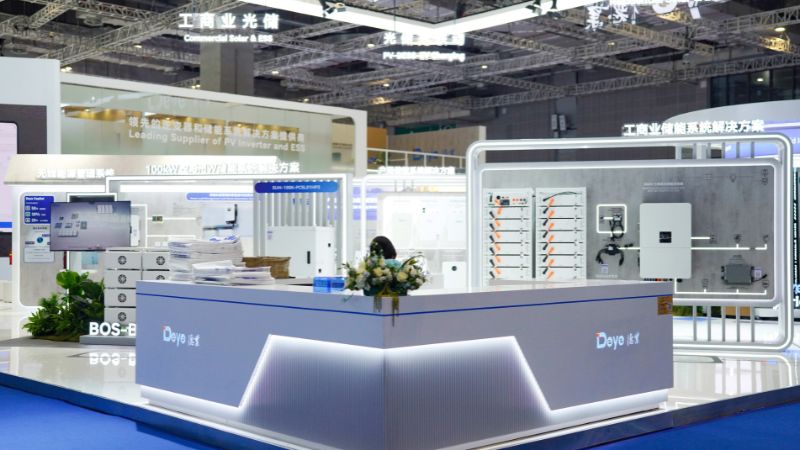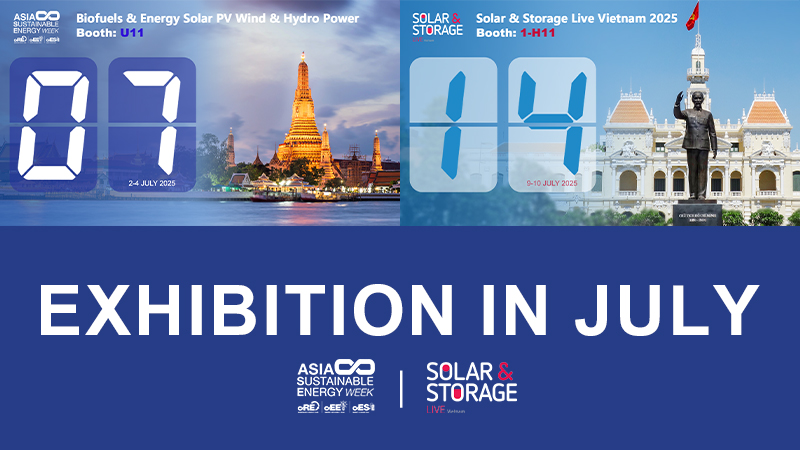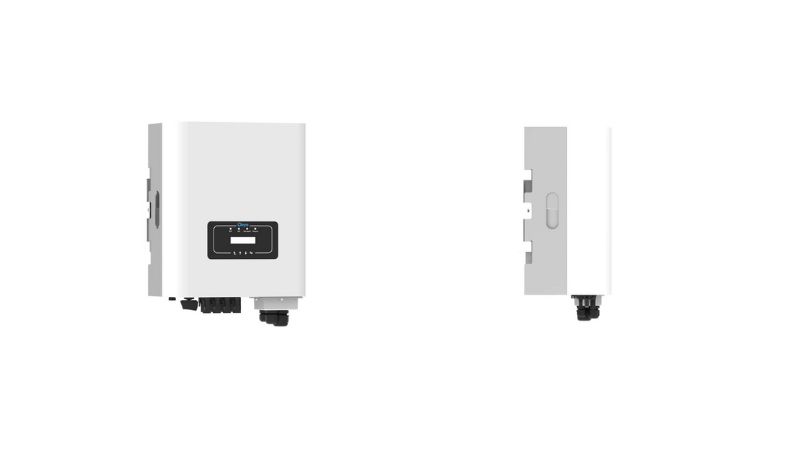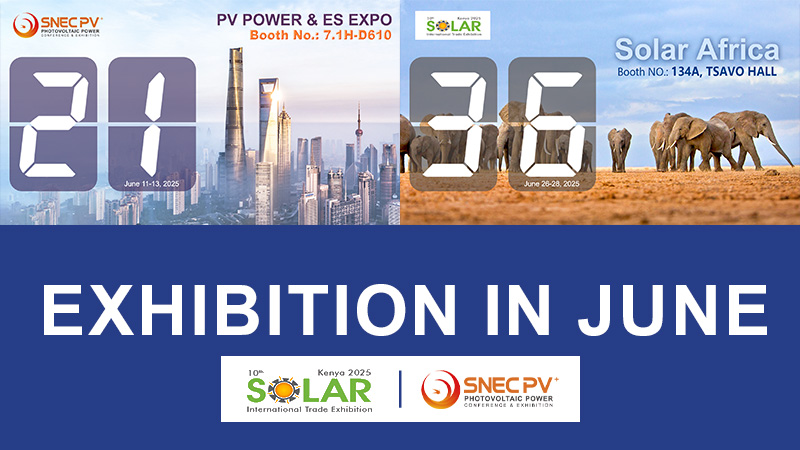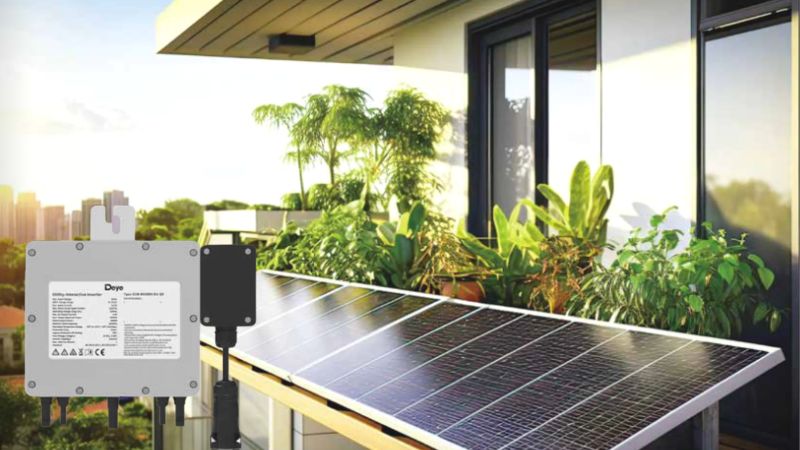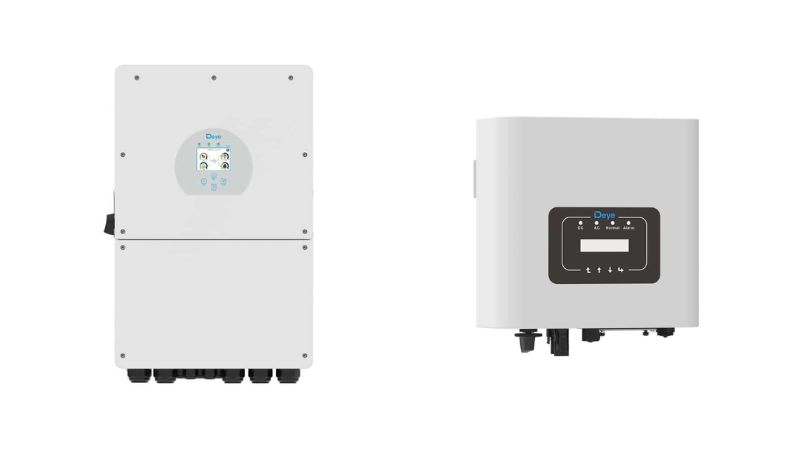A common question about solar power systems is whether appliances use DC or AC electricity. The answer is that both types of current are involved.
This article will explore the key differences between solar power systems that use AC versus DC distribution and discuss the advantages and disadvantages of each approach.

Understanding Electricity in Solar Systems
When you tap into solar energy, you’re engaging with fundamental electrical concepts that convert sunlight into usable power for your home or business. Let’s unravel the specifics of how this process works, focusing on the electricity produced and how it’s delivered.
Electricity is all about the flow of electrons, which are subatomic particles with a negative charge. In solar panels, photons from sunlight knock electrons free from atoms, generating an electric charge. This flow of electrons is what we harness as electricity. Solar cells within the panels are designed to capture this movement and transform it into an electrical current that can power your electronic devices.
DC and AC in Solar Systems
This section will guide you through the types of solar panels, how power conversion works, the differences between AC and DC panels, and which current type is more efficient for solar energy.
What are AC Solar Panels?
AC solar panels are essentially photovoltaic (PV) panels that come with an integrated micro-inverter. Each panel produces DC electricity, but thanks to its built-in micro-inverter, it’s immediately converted to AC. This allows the power to be easily used by your home appliances or fed back into the electrical grid without requiring a separate inverter.
What are DC Solar Panels?
DC solar panels, also known as photovoltaic (PV) panels, are devices that convert sunlight directly into direct current (DC) electricity. The key components are PV cells made of semiconducting materials like silicon. When sunlight hits these cells, the energy knocks electrons loose, allowing them to flow freely to produce an electric current.
Do Solar Panels Produce AC Or DC Current?
When you’re harnessing the power of the sun through solar panels, you’re initially capturing energy in the form of Direct Current (DC). This is because photovoltaic cells within the panels convert sunlight directly into DC electricity. Your solar panel setup features several cells made of semiconductor materials, such as silicon, which absorb photons and release electrons, resulting in the flow of DC.
However, most homes and appliances operate on Alternating Current (AC), which is why a device called an inverter is crucial in a solar power system. The inverter’s job is to convert the DC electricity from your solar panels into AC electricity, making it usable for your home’s electrical system.
AC vs. DC Solar Panels: Which Is More Efficient In Solar Power?
DC solar panels are the conventional choice, generating DC electricity as sunlight excites electrons in the panel’s cells to create a flow of current. On the other hand, AC solar panels embed the conversion process within each unit. The main distinctions to consider are installation complexity, efficiency of the system, and ease of integration with existing home electrical systems.
Solar panels generate DC power, characterized by a consistent flow of electrons in one direction. On the other hand, the electrical grid and the majority of household appliances operate on AC power, where the current changes direction periodically.
In the context of solar power, DC is often more efficient in capturing and storing energy. The conversion process from DC to AC can incur energy losses, typically around 3% to 5%. However, in terms of actual home usage and grid integration, AC is the standard that your appliances and power systems utilize. Battery storage systems also often link more efficiently to DC systems. Therefore, while DC may be more efficient in terms of energy production and storage, AC’s compatibility with home and grid use makes it indispensable.
Solar Power Components
Inverters in Solar Systems
Inverters bridge this gap. There are various types of inverters you might encounter:
- Microinverters: Each solar panel has its individual inverter, optimizing the output of each panel separately.
- String inverters: A single inverter processes the power collected from a string of solar panels, typically used in simpler and smaller installations.
- Hybrid inverters: These can manage inputs from both solar panels and batteries, useful if you plan to include a battery storage system in your solar setup.
Batteries and Energy Storage
Your solar energy system might include batteries to store excess energy for later use. Here are different energy storage considerations:
- Solar batteries: Devices that store energy in chemical form for later electrical use.
- Battery storage systems: These systems can be scaled to suit your energy needs, allowing you to maintain power even when the sun isn’t shining.
- The capacity of your energy storage is key; it determines how much surplus energy you can save for nighttime use or cloudy days.
Remember, the combination of solar panels, inverters, and batteries governs the reliability and efficiency of your solar power system.
Integration and Management of AC/DC Systems

In your journey to harness solar power efficiently, understanding how AC (alternating current) and DC (direct current) systems integrate and are managed is pivotal. Here’s how coupling and smart management, enable this integration.
Coupling and Controllers
When integrating solar panels with your existing electrical system, you have two primary options: AC-coupled and DC-coupled setups. In AC-coupled systems, your solar panels are connected to an inverter that converts DC electricity to AC, which can be used directly by your home appliances or fed back to the grid. Conversely, in DC-coupled systems, the power produced by the solar panels remains in DC form, which is more efficient for storage in batteries before being converted to AC for household use.
For effective energy conversion, controllers play a crucial role. Charge controllers regulate the voltage and current from the solar panels to the batteries. The most advanced type, Maximum Power Point Tracking (MPPT), optimizes the power output from your solar panels by adjusting the electrical operating point of the modules or array.
AC-coupling and power optimizers are often part of modern systems. Power optimizers are added to each solar panel in an AC-coupled system to maximize energy production by tracking the Maximum Power Point of each panel independently.
Smart Management of Solar Power
With your AC and DC systems in place, smart management becomes essential to maintain stability and efficiency. A smartly managed system can adapt to different energy demands and production levels, ensuring that you make the most out of your solar power system.
Intelligent controllers use real-time data to decide when to store energy in batteries, when to consume it directly, or when to sell it back to the grid. This level of automated decision-making can increase the overall efficiency and reliability of your solar power system, thus optimizing your investment in renewable energy.
This integration of AC/DC systems with smart management not only maximizes your energy usage but also paves the way for a more sustainable and self-sufficient future in solar power generation.
Efficiency and Losses in Solar Power Systems
Mitigating Power Loss
You can take several steps to reduce power loss in your solar power system. First, ensure that your solar panels are correctly oriented and unobstructed to capture the maximum amount of sunlight. Regular cleaning and maintenance will prevent dirt and debris from reducing the panels’ effectiveness.
Choose quality equipment that has lower electrical resistance and is better able to handle the energy transfer with minimal losses. Inverter efficiency, important for the conversion from DC to AC, varies by unit. Selecting one with a high conversion efficiency rate can significantly reduce energy losses during this process.
If your system includes batteries, maximize their lifespan and efficiency by keeping them at optimal temperatures and avoiding both complete discharge and overcharge.
Voltage Levels and Efficiency
The voltage level in your solar power system is a determinant of efficiency and potential energy losses. Higher voltage can mean less current is needed for the same amount of power. Lower currents reduce the energy lost due to the resistance of the conductors.
However, working with high voltage presents safety concerns and may require additional equipment or materials, which can introduce other inefficiencies or losses. Balancing voltage levels to maximize efficiency without compromising safety or increasing costs requires careful planning and consideration of your system’s specific needs.
In conclusion, there are benefits and drawbacks to both AC and DC solar power systems. AC systems are generally more compatible with standard household appliances and utilities but require additional power conversion equipment that reduces efficiency. DC systems have higher efficiency as they avoid inversion but require specialized appliances. For small, off-grid systems, DC may be preferable for its simplicity and efficiency. However, AC remains dominant for larger, on-grid systems due to compatibility with existing infrastructure. Understanding these tradeoffs allows consumers to select the optimal solar power configuration based on their specific needs and installation context.
